
Stabilizing an Unstable Economy
Recommendation
The late professor Hyman P. Minsky wrote this study of economic volatility in 1986, as an era of frequent economic crises was shaking investors’ confidence. His treatise remains relevant today. Minsky doesn’t mention dot-com bubbles or subprime mortgages, yet he manages to nail contemporary economic reality. As the economist who lent his name to “the Minsky Moment,” that point in time when markets tip from prosperity to crisis, he often repeats his concerns about income inequality, seeming to predict the current debate about ever-increasing concentrations of wealth. But in case you consider labeling Minsky as just a tax-and-spend liberal, consider that he frowns on welfare and long-term unemployment benefits. He’s no master stylist as a writer, but Minsky’s prose is generally clear enough to reward readers who seek his insight. getAbstract recommends this classic analysis to readers seeking a skeptical perspective on free markets.
Summary
About the Author
Hyman P. Minsky, a student of noted economists Joseph Schumpeter and Wassily Leontief, was a professor of economics at Brown University, Harvard University and the University of California, Berkeley. He died in 1996.


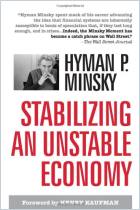
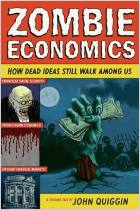
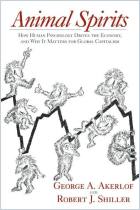
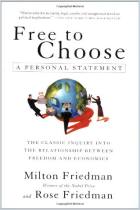

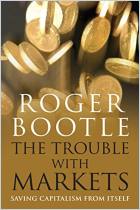



Comment on this summary